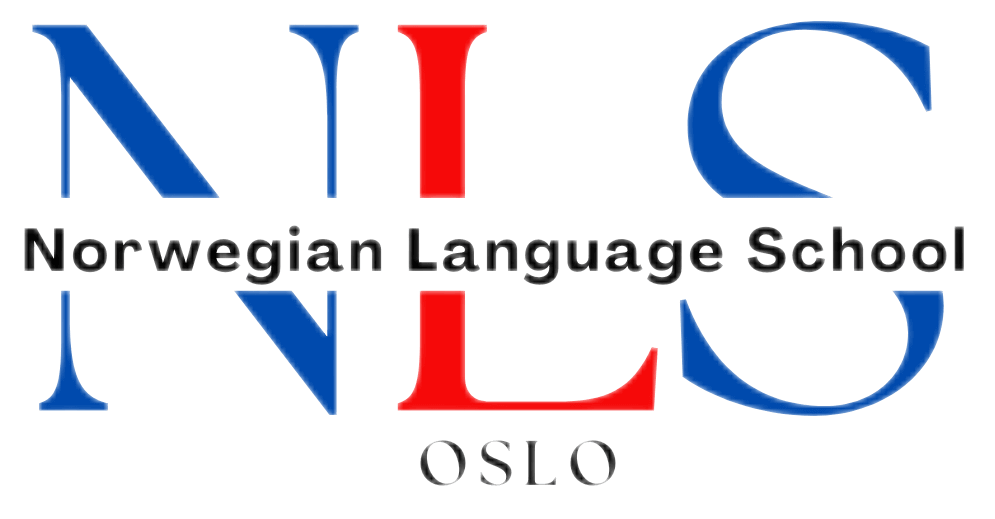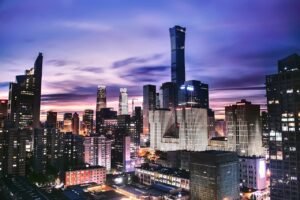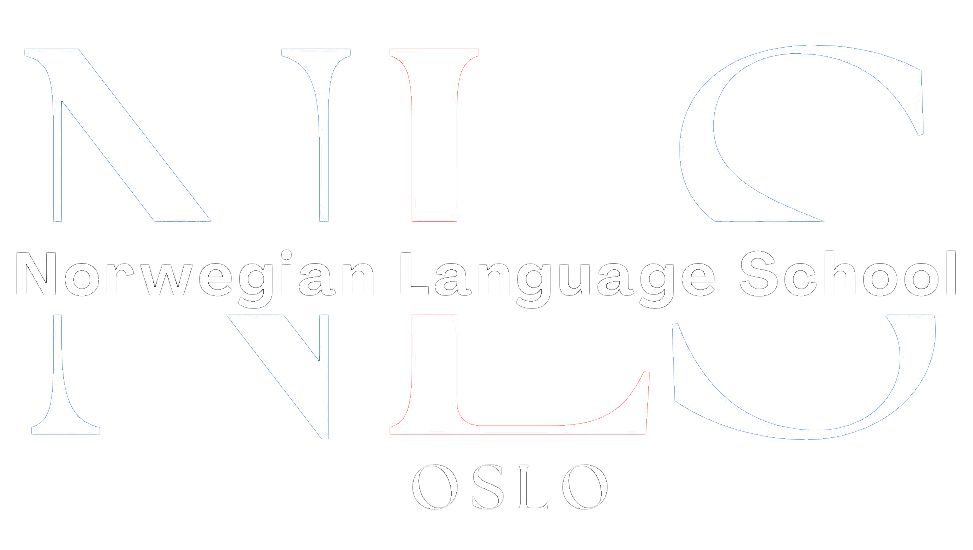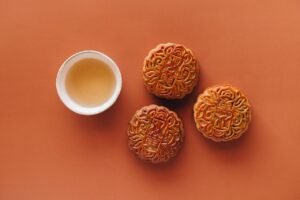
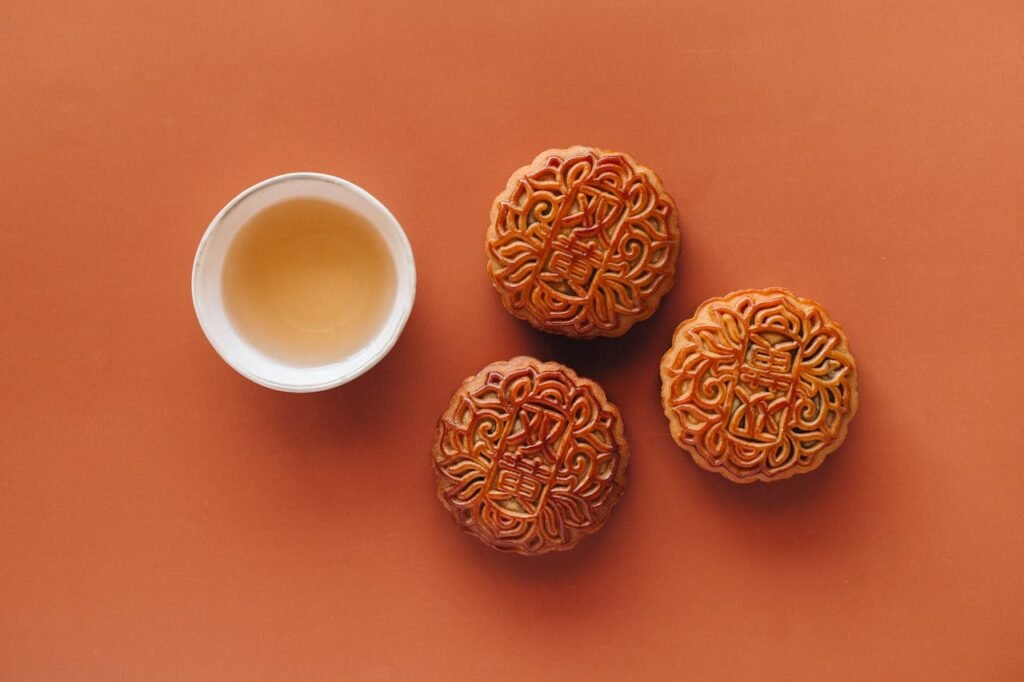
Beyond Lanterns and Lion Dances: A Deep Dive into China’s Major Festivals
Imagine the explosive crackle of a million firecrackers painting the night sky red, the scent of sizzling dumplings mingling with familial laughter, the silent glow of a thousand paper lanterns floating on a river, or the thunderous beat of drums driving dragon-headed boats through churning water. These are the sights and sounds of China’s festivals—vibrant, ancient, and deeply woven into the fabric of the culture.
To an outsider, these celebrations can seem like beautiful but perhaps bewildering spectacles. Why do the dates change every year? What is the story behind the boat races? Why are round pastries filled with lotus seed paste so important?
Learning a language like Chinese is about more than just memorizing vocabulary and mastering grammar. It’s about unlocking the “why” behind the “what.” It’s about understanding the cultural soul of the people who speak it. And there is no better window into that soul than through the country’s major festivals. They are the living, breathing expressions of thousands of years of history, mythology, and cherished values.
This article will take you beyond the surface-level postcard images. We will explore four of the most significant festivals in the Chinese calendar, delving into the ancient legends, sacred rituals, and symbolic foods that give each one its unique meaning. Prepare to discover how a monster’s rampage gave birth to the world’s biggest celebration, how a poet’s tragic sacrifice is honored with sticky rice, and how a goddess’s lonely ascent to the moon inspires the most heartfelt family reunions. This is your guide to the heartbeat of Chinese culture.
Table of Contents
ToggleThe Foundation: Understanding the Chinese Lunisolar Calendar
Before we dive into the festivals themselves, we must first understand the clock by which they are set: the traditional Chinese calendar. If you’ve ever wondered why Chinese New Year falls on a different day each year, the answer lies in this ancient and ingenious timekeeping system.
Unlike the Gregorian calendar (阳历, Yánglì) used in most of the world, which is purely based on the Earth’s orbit around the sun, the traditional Chinese calendar (农历, Nónglì – literally “agricultural calendar”) is a lunisolar calendar. This means it masterfully combines two cycles:
- The Lunar Cycle: The months are based on the phases of the moon. Each month begins on the day of the new moon, and the full moon always falls on the 15th day of the month. This is why the moon’s phase is so central to festivals like the Mid-Autumn Festival.
- The Solar Cycle: To ensure the calendar stays in sync with the seasons—crucial for an agricultural society—an extra “intercalary” month is added every two or three years. This prevents “calendar creep,” where the months would eventually drift out of alignment with the seasons (imagine a July falling in the middle of winter!).
This system is a testament to the deep astronomical knowledge of ancient China. It created a calendar that was both a celestial guide and a practical agricultural almanac. Most festivals are celebrated according to this lunisolar calendar, which is why their dates on the Gregorian calendar shift annually. Understanding the Nónglì is the first step to appreciating the rhythm and reason of Chinese cultural life.
春节 (Chūnjié) — The Spring Festival: A Celebration of Renewal and Hope
The Spring Festival, widely known as Chinese New Year, is the most important festival in China and for Chinese communities worldwide. It is a time of immense celebration, family reunion, and profound symbolism, marking the end of winter and the arrival of a new beginning. Its origins are rooted in a terrifying legend.
The Legend of 年 (Nián): Ancient folklore tells of a monstrous beast named 年 (Nián), which had the body of a bull and the head of a lion. Once a year, on the eve of the new year, it would emerge from its home in the sea or mountains to terrorize villages, devouring livestock and people. The villagers lived in fear until they discovered the monster’s weaknesses: it was terrified of the color red, loud noises, and bright lights.
So, on the eve of the new year, the villagers began to fight back. They pasted red paper on their doors, hung red lanterns, wore red clothes, and lit bamboo stalks on fire (the precursor to firecrackers) to create a deafening cacophony. The combined noise, light, and vibrant red scared the 年 monster away, never to return. This act of warding off the old and welcoming the new became the foundation of the Spring Festival celebration.
Traditions and Rituals: The festival is not a single day but a season of celebration, traditionally lasting 15 days.
- Preparations: In the days leading up to New Year’s Eve, a massive cleaning of the house, called 扫尘 (sǎo chén), takes place. This “sweeping away the dust” symbolizes ridding the home of any bad luck from the previous year to make way for good fortune. Homes are then decorated with red paper cutouts, red lanterns, and poetic couplets called 春联 (chūnlián) pasted on either side of the door, expressing hopes for the new year. A common sight is the character 福 (fú), meaning “fortune,” often pasted upside-down. This is a clever pun, as the word for “upside-down” (倒, dào) sounds the same as the word for “to arrive” (到, dào). Thus, an upside-down fú means “fortune has arrived.”
- The Reunion Dinner (年夜饭, Niányèfàn): New Year’s Eve, or 除夕 (Chúxī), is defined by the reunion dinner. This is the most important meal of the year, and families travel vast distances to be together. The foods served are laden with symbolism. Fish (鱼, yú) is a must, as its name sounds like the word for “surplus” (余, yú), expressing the hope for a year of abundance. Dumplings (饺子, jiǎozi) are shaped like ancient Chinese gold ingots, symbolizing wealth.
- Welcoming the New Year: On New Year’s Day, families dress in new clothes and begin the process of 拜年 (bàinián), visiting relatives and friends to exchange good wishes. Children and unmarried adults receive money in red envelopes called 红包 (hóngbāo) as a blessing for the year ahead.
Essential Vocabulary:
- 新年快乐 (Xīnnián kuàilè): Happy New Year!
- 恭喜发财 (Gōngxǐ fācái): (A Cantonese greeting now common in Mandarin) “Wishing you wealth and prosperity!”
- 团圆 (Tuányuán): Reunion
- 红包 (Hóngbāo): Red envelope
- 饺子 (Jiǎozi): Dumplings
The Spring Festival is a profound cultural experience that beautifully blends family, food, and folklore. To truly grasp its significance, one must feel the energy and understand the meaning behind every ritual. Our classes at NLS Norwegian Language School often incorporate these cultural stories to enrich the learning experience. Discover a curriculum that brings Chinese culture to life by visiting our program page: https://nlsnorwegian.no/learn-chinese/.
端午节 (Duānwǔjié) — The Dragon Boat Festival: A Story of Patriotism and Loyalty
Celebrated on the fifth day of the fifth lunar month, the Dragon Boat Festival is a spectacle of sound and fury, best known for its thrilling boat races. But beneath the athletic competition lies a tragic and heroic tale of a beloved poet-official.
The Legend of Qu Yuan: The festival commemorates Qu Yuan, a respected minister and poet who lived during the Warring States period (475-221 BC). He was a fiercely patriotic and wise advisor to the King of Chu. However, he was slandered by corrupt, jealous officials and exiled by the king.
During his exile, Qu Yuan wrote some of China’s most celebrated poetry, expressing his deep love for his country and his despair over its corruption. When he learned that his beloved Chu state had been conquered by the rival state of Qin, he was overcome with grief. In a final act of protest and loyalty, he waded into the Miluo River, holding a heavy stone, and ended his life.
The local villagers, who admired him greatly, rushed out in their fishing boats to try to save him, beating their drums and splashing their paddles on the water to scare away evil spirits and fish from his body. They also threw sticky rice wrapped in bamboo leaves into the river, hoping the fish would eat the rice instead of the poet’s body.
Traditions and Rituals: These desperate acts of the villagers evolved into the traditions of the Dragon Boat Festival.
- Dragon Boat Racing (赛龙舟, sài lóngzhōu): This is the festival’s centerpiece. Teams of paddlers race in long, narrow boats decorated with ornate dragon heads and tails. A drummer sits at the front of the boat, beating a thunderous rhythm to coordinate the paddlers’ strokes, echoing the frantic attempt to save Qu Yuan.
- Eating Zongzi (吃粽子, chī zòngzi): The sticky rice parcels thrown into the river became the festival’s signature food. Zongzi are pyramid-shaped dumplings of glutinous rice with various fillings (sweet, like red bean paste, or savory, like pork and salted egg yolk), wrapped in bamboo or reed leaves and steamed or boiled.
Essential Vocabulary:
- 龙舟 (Lóngzhōu): Dragon boat
- 粽子 (Zòngzi): Sticky rice dumplings
- 屈原 (Qū Yuán): The poet commemorated by the festival
- 爱国 (Àiguó): Patriotic
The Dragon Boat Festival is a powerful reminder of the importance of loyalty and integrity in Chinese culture. Understanding stories like the sacrifice of Qu Yuan provides a much deeper context for the language you learn, transforming vocabulary from abstract words into pieces of a compelling historical narrative. To learn the stories that shape the language, explore our immersive courses: https://nlsnorwegian.no/learn-chinese/.
中秋节 (Zhōngqiūjié) — The Mid-Autumn Festival: A Celebration of Harvest and Family Reunion
Celebrated on the 15th day of the eighth lunar month, when the moon is at its fullest and brightest, the Mid-Autumn Festival is China’s second most important festival after the Spring Festival. It is a time for harvest celebration, moon worship, and most importantly, family reunion. Its soul is captured in a beautiful and bittersweet lunar legend.
The Legend of Chang’e: There are many versions of the story, but the most popular one centers on the archer Hou Yi and his wife, Chang’e. In ancient times, ten suns blazed in the sky, scorching the earth and tormenting the people. Hou Yi, a heroic archer, shot down nine of them, saving humanity. As a reward, he was given an elixir of immortality.
Hou Yi did not want to become immortal without his beloved wife, so he gave the elixir to Chang’e for safekeeping. However, one of Hou Yi’s greedy apprentices tried to steal the elixir while Hou Yi was away. To prevent it from falling into evil hands, Chang’e had no choice but to drink it herself.
The elixir caused her to become weightless, and she floated up into the sky, eventually landing on the moon, where she would live for eternity. Hou Yi was devastated. He would look up at the full moon, which was now brighter than ever, and lay out her favorite foods and fruits in his garden in her memory. This practice of making offerings to the moon spread, and Chang’e became the goddess of the moon. It is said that if you look closely at the full moon, you can still see her, along with her companion, the Jade Rabbit (玉兔, Yùtù).
Traditions and Rituals: The themes of family and togetherness are paramount.
- Family Reunion (团圆, tuányuán): The festival is often called the “Reunion Festival.” The full moon itself is a perfect circle, symbolizing completeness and the unity of the family. Like the Spring Festival, it’s a time when family members gather for a grand dinner.
- Moon Gazing (赏月, shǎng yuè): After dinner, families will sit together outdoors, admire the bright full moon, and eat the festival’s special treat.
- Eating Mooncakes (吃月饼, chī yuèbǐng): Mooncakes are the quintessential food of the festival. These are round pastries, also symbolizing the full moon and reunion, with a rich, thick filling, typically made from red bean or lotus seed paste, often containing one or more salted duck egg yolks in the center to represent the moon. Sharing and eating mooncakes among family members is a core tradition.
Essential Vocabulary:
- 月亮 (Yuèliang): Moon
- 月饼 (Yuèbǐng): Mooncake
- 团圆 (Tuányuán): Reunion
- 嫦娥 (Cháng’é): The moon goddess
The Mid-Autumn Festival is a poetic and heartfelt celebration, blending harvest gratitude with the deep cultural importance of family. It underscores a core Chinese value: no matter how far you are, you are always connected to your family, looking up at the same moon.
Conclusion: The Soul of a Language
From the explosive joy of the Spring Festival to the respectful solemnity of Qingming (a tomb-sweeping festival not detailed here but equally important), from the heroic drama of the Dragon Boat Festival to the romantic reunion of the Mid-Autumn Festival, these celebrations are far more than just holidays. They are the threads that connect modern China to its ancient past. They are living lessons in history, philosophy, and societal values—renewal, loyalty, family, and respect for one’s ancestors.
To learn Chinese is to be invited into this rich cultural world. When you understand why people eat 粽子 (zòngzi) or share 月饼 (yuèbǐng), the words themselves take on a new weight and meaning. The language ceases to be a set of rules and characters on a page and becomes what it truly is: a vessel for one of the world’s richest and most enduring cultures.
Don’t just learn the words. Learn the world behind them.
Embark on a learning journey that is as rich in culture as it is in language. Register for your Chinese course at NLS Norwegian Language School today: https://nlsnorwegian.no/learn-chinese/.
If you want to learn Norwegian, you can register for classes here. We look forward to hearing from you and helping you become fluent in Norwegian.
